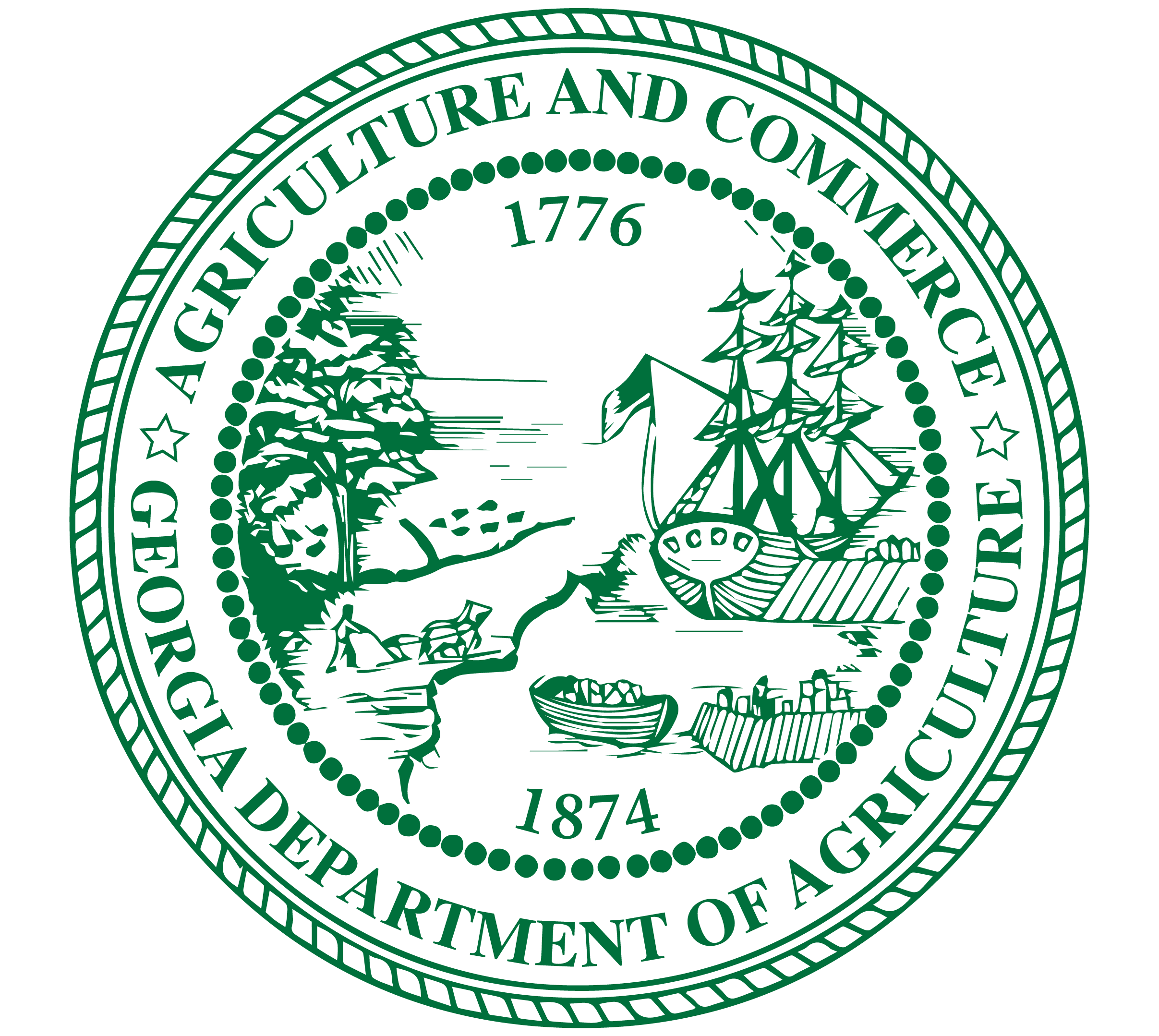What is a Recall?
A recall is when a product is removed from the market or a correction is made to the product because it is either defective or potentially harmful. Recalls are generally considered “voluntary” actions by the firm issuing the recall.
What Does it Mean to Retailers?
Retailers are often “consignees” or sub-contacts for a recall. That means the retailer received product from a manufacturer, distributor, warehouse, etc. that is being recalled. The firm recalling the product will provide notification. The notification system should ultimately work its way through the distribution chain so that the retailer also receives direct notice about the recall either by phone, email, direct mail, or a store visit.
Public Notification During a Recall
In a situation where the recalled product may pose a significant health hazard and is already in the hands of consumers, public notification is important. Retail stores may support the recall announcement by placing a sign about the recalled products near the store entrance or inside the store on product shelves. Stores with a shopper card system routinely use this system to notify shoppers if they have purchased a recalled product or may add information about recalled products to receipts as they are printed off for the consumer.
How Should a Store Accept a Returned Recalled Product?
There are no regulatory requirements for how stores accept recalled products. It is up to the recalling firm and the retail store how they want to handle the return, since the recall process is considered voluntary. Stores are encouraged to review the official public notice (via the recalling firm, and/or FDA) and to contact the recalling firm to determine final disposition of recalled products, how to best handle product returns and how to apply for reimbursement for products as a direct result of the recall.
FMI Guidance for Retailers
FMI has a detailed guide for retailers affected by product recalls. The checklist below is taken from this guide.
Product Removal Checklist
- Verify recalled product information provided by the recalling firm.
- Identify individuals involved – supplier, internal staff, and regulatory agency(ies).
- Implement communications plan.
- Maintain open lines of communication with supplier and regulatory agency or agency(ies) (federal, state, and local, as needed).
- Disseminate information to the stores and distribution centers.
- Consider blocking UPC and/or GTIN code to prevent scanning and purchasing of recalled product if recall affects all lots and code dates of the product.
- Collect quantities of product on-hand and disposal information from stores and distribution centers.*
- Verify stores and distribution centers that submitted effectiveness check data.*
- Calculate the amount of product received, the amount of product on-hand at the time of the recall, and the amount of product returned by customers.*
* These calculations will be necessary as part of the effectiveness check review conducted by the investigating regulatory agency.
Please note: this guide is for retailers. See the Manufacturer Guide to Product Recalls.


